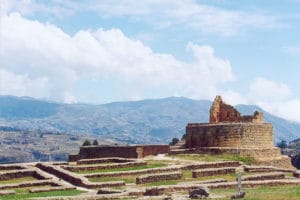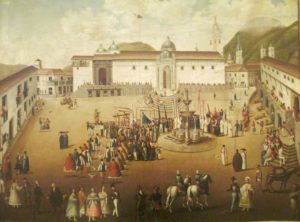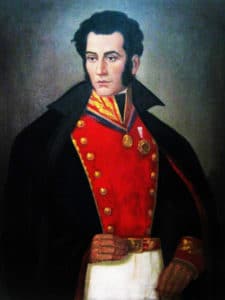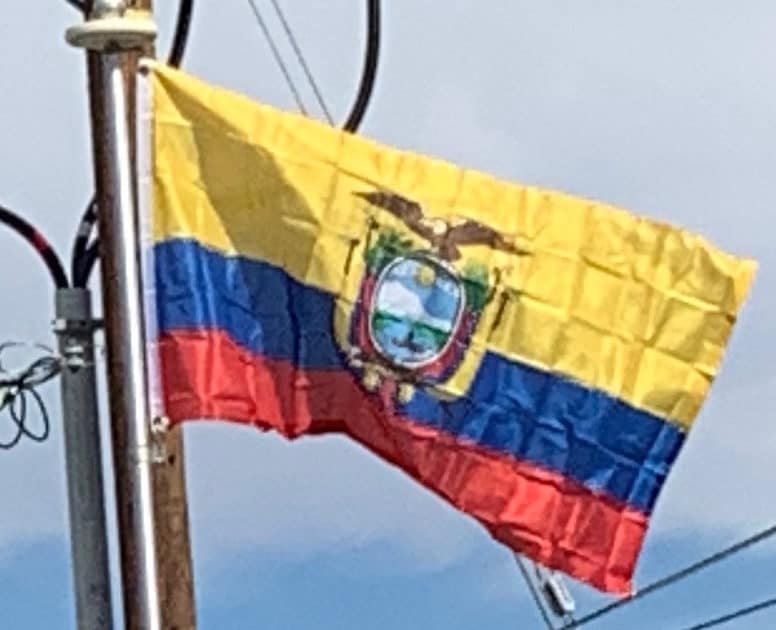
In 1532, a small band of Spaniards headed by Francisco Pizarro landed in Tumbez and marched over the Andes Mountains until they reached Cajamarca, where the new Inca Atahualpa was to hold an interview with them. Valverde, the priest, tried to convince Atahualpa that he should join the Catholic Church and declare himself a vassal of Spain. This infuriated Atahualpa so much that he threw the Bible to the ground. At this point the enraged Spaniards, with orders from Valverde, attacked and massacred unarmed escorts of the Inca and captured Atahualpa. Pizarro promised to release Atahualpa if he made good his promise of filling a room full of gold. But, after a mock trial, the Spaniards executed Atahualpa by strangulation.
Spanish Rule:
New infectious diseases such as smallpox, endemic to the Europeans, caused high fatalities among the Amerindian population during the first decades of Spanish rule, as they had no immunity. At the same time, the natives were forced into the encomienda labor system for the Spanish. In 1563, Quito became the seat of a real audiencia (administrative district) of Spain and part of the Viceroyalty of Peru and later the Viceroyalty of New Granada.

The 1797 Riobamba earthquake, which caused up to 40,000 casualties, was studied by Alexander von Humboldt, when he visited the area in 1801–1802.
After nearly 300 years of Spanish rule, Quito was still a small city numbering 10,000 inhabitants. On August 10, 1809, the city’s criollos called for independence from Spain (first among the peoples of Latin America). They were led by Juan Pío Montúfar, Quiroga, Salinas, and Bishop Cuero y Caicedo. Quito’s nickname, “Luz de América” (“Light of America”), is based on its leading role in trying to secure an independent, local government. Although the new government lasted no more than two months, it had important repercussions and was an inspiration for the independence movement of the rest of Spanish America. August 10 is now celebrated as Independence Day, a national holiday.
Independence:
On October 9, 1820, Guayaquil became the first city in Ecuador to gain its independence from Spain. Its inhabitants celebrated what is now Ecuador’s official Independence Day on May 24, 1822. The rest of Ecuador gained its independence after Antonio José de Sucre defeated the Spanish Royalist forces at the Battle of Pichincha, near Quito. Following the battle, Ecuador joined Simón Bolívar‘s Republic of Gran Colombia, also including modern-day Colombia, Venezuela and Panama. In 1830, Ecuador separated from Gran Colombia and became an independent republic.

The 19th century was marked by instability for Ecuador with a rapid succession of rulers. The first president of Ecuador was the Venezuelan-born Juan José Flores, who was ultimately deposed, followed by several authoritarian leaders, such as Vicente Rocafuerte; José Joaquín de Olmedo; José María Urbina; Diego Noboa; Pedro José de Arteta; Manuel de Ascásubi; and Flores’s own son, Antonio Flores Jijón, among others. The conservative Gabriel Garcia Moreno unified the country in the 1860s with the support of the Roman Catholic Church. In the late 19th century, world demand for cocoa tied the economy to commodity exports and led to migrations from the highlands to the agricultural frontier on the coast.
